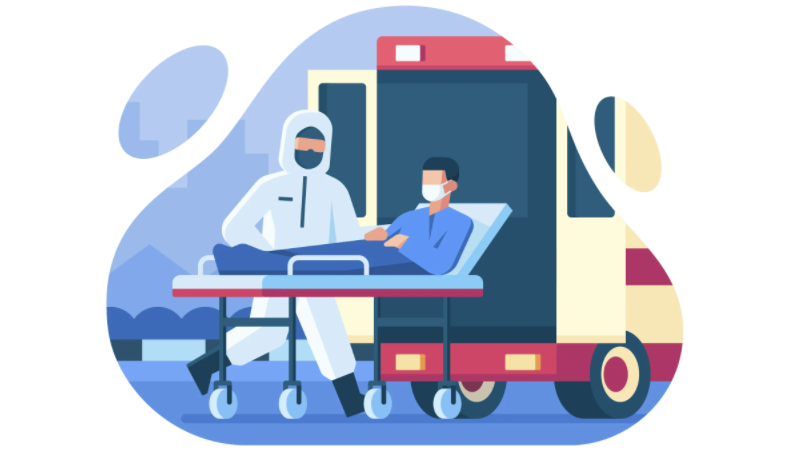How Telemedicine Can Help During COVID Surges
As the planet faces another relentless surge of COVID cases, with countries experiencing a record number of new cases and deaths, the situation is turning out to be very grim. Hospital beds are becoming full around the world, and there are also shortages of medicines and vaccines. In countries where vaccine distribution has ramped up, the new case numbers are still going up, which is a cause of grave concern. Clinicians are also getting sick, causing health systems around the world to reach their breaking point. The battle against COVID-19 is becoming a steeper uphill battle by the day, to say the least.
In this stage of the pandemic, patients need to be coming to receive care at a hospital only if they are in critical conditions. It is extremely important that hospital beds be saved for those who desperately need them. Medical experts are recommending patients not to physically come in to a hospital even if they have a fever or other milder symptoms associated with COVID, unless of course there is difficulty breathing. Patients should monitor their condition at home and check their conditions via a teleconsultation with their provider. If the doctor decides it is a critical situation for the patient, they will recommend going to a hospital.
It is being recommended in countries like India, which is currently facing a devastating surge, to implement a screening process via telehealth for paramedics to communicate with patients regarding syndromes commonly associated with COVID. Some of these common syndromes are fever, diarrhea, and swelling of the arms, legs and extremities. Through a quick audio or video consultation, the paramedic team will be able to triage patients appropriately. In addition to these syndromes, patients should also be given a rapid antigen test if needed. If the result is positive, the patients should be encouraged to stay home, self-monitor and quarantine. As symptoms escalate in patients, they can be referred to hospitals depending on the availability of beds.
If health systems implement this type of workflow, it is projected that only 15-20% of antigen-positive patients will be sent to hospitals, effectively allocating patients to facilities who actually need hospital care. This will also help patients by preventing them from making the trip to a hospital to either wait for a bed for a long time, or realize that their symptoms were not of great concern yet and can be treated with prescribed medication and isolation. It will also limit exposure to COVID-19 through unnecessary travel outside the house. It is paramount that the public stay home as much as possible now, staying cautious and extra vigilant.


